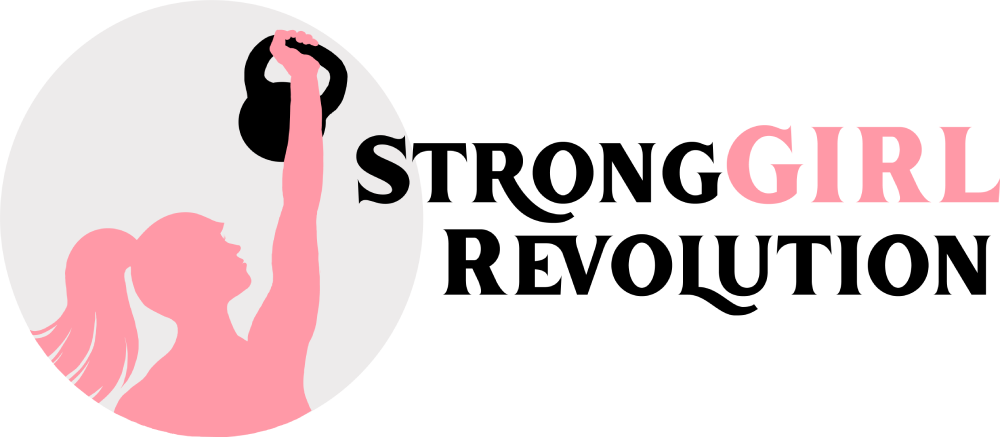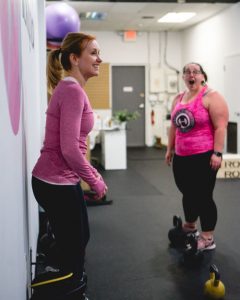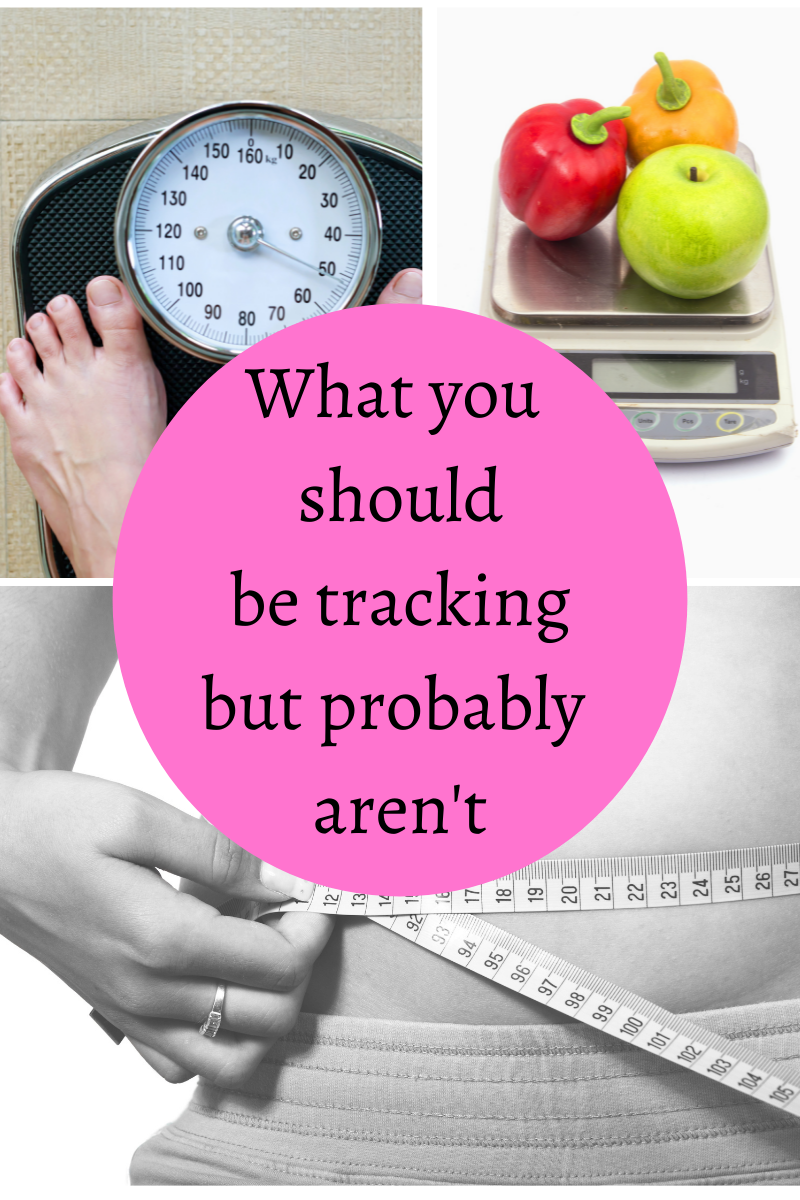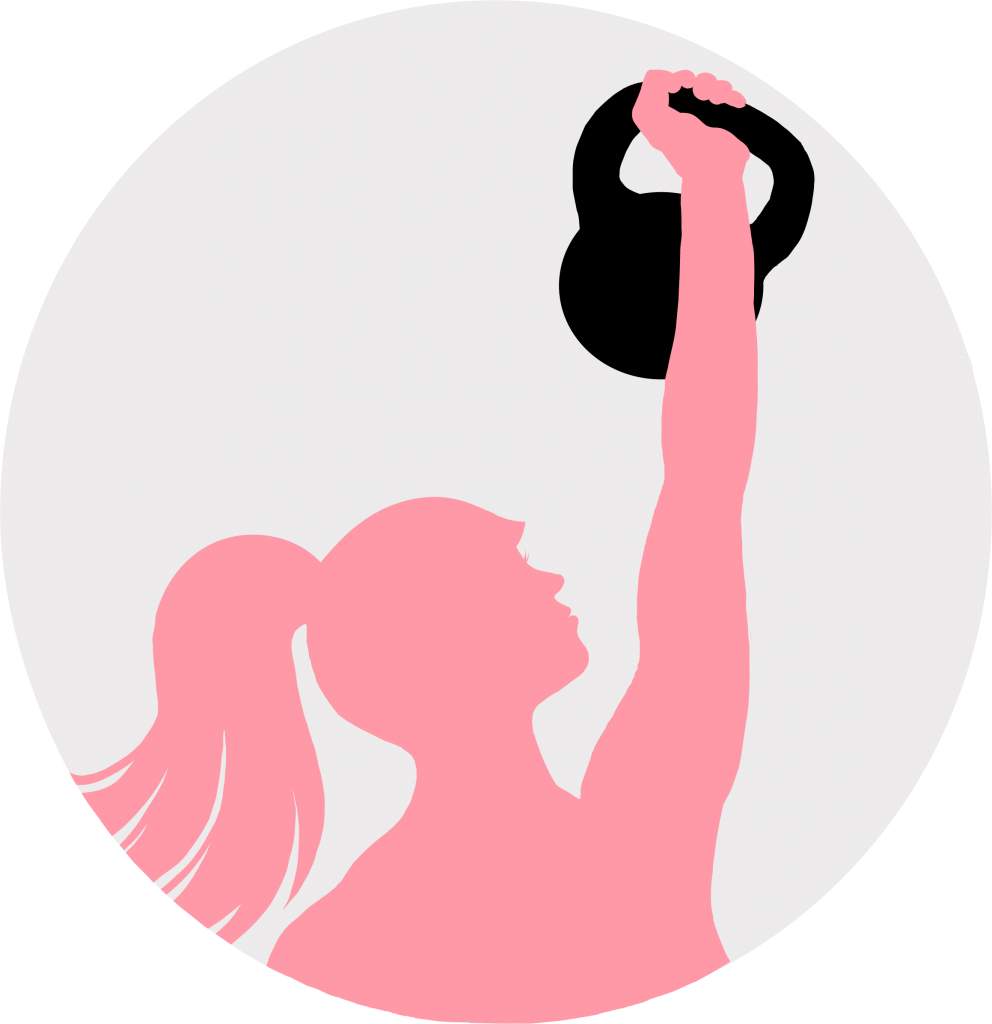When you want to lose weight, more likely than not, you will begin tracking your food intake, measuring portion sizes, cutting out certain foods from your diet, as well as weighing yourself regularly, and maybe even taking your measurements.
At first your nutrition is on point. You may even see the scale budge a little. After a few weeks, no changes. Or maybe the scale went the wrong way a pound or two, even though you’re “doing everything right”. So you feel nothing works and ditch the diet. Again.
Honestly, there is a lot more to weight loss than “doing everything right”. Most measurements don’t tell the entire story.
One factor you most likely didn’t think to track is your menstrual cycle. I find this to be the most important factor to track when trying to lose weight.
Let’s look at your period.
There are three phases to your menstrual cycle: follicular (before the release of the egg), ovulatory (egg releases), and luteal (after the egg is released).
- Follicular PhaseThe follicular phase begins on the first day of your period. During this time, estrogen and progesterone levels are low. This phase can last 13 – 14 days.
- Ovulatory PhaseThis phase begins when levels of the luteinizing hormone increase and ovulation (release of the egg) occurs.
- Luteal PhaseThe luteal phase begins after ovulation. If the egg isn’t fertilized, this phase can last about 14 days. During the luteal phase, progesterone levels increase and estrogen levels are high.
During the follicular phase, you may be on top of your nutrition. You feel good and seem to be making good choices. You may even be killing your workouts.
The luteal phase is where things start to go a bit haywire. You may become more emotional, temper a bit shorter. You may also be more tired and fatigued, and those sweet and salty cravings begin to creep in. This is all due to the increased levels of estrogen and progesterone, as well as a drop on serotonin (the feel good hormone).
If you are only tracking the days your period shows up, you’re missing some of the most important information: how your period, and more specifically, the fluctuating hormones, affect your thinking, food choices, and energy.
How to track your cycle
I like to encourage my clients to make note of their moods and cravings as they begin to encounter PMS territory (luteal phase). You can keep track on a period tracking app (I use Period Tracker), or, in the very least, in a notebook specifically for tracking your menstrual cycle.
Make sure to note your moods and cravings, not just when your period begins and ends. If you don’t pay attention to your menstrual cues, you’ll begin to eat more and tell yourself you “always do this” and that you’re “a failure”, when really it’s your hormones related to your period.
Why track your cycle
PMS symptom information is so important as it helps identify why you “fall off the wagon”. With the information about your menstrual cycle, you can begin to make changes to your behavior during the luteal phase. You can understand the cravings and reach for something else, or have a small helping of what you are craving. Whether to eat the craved food or not becomes a choice, and that is powerful.
You can also understand your moodiness and anger are because of hormone fluctuations, not because you are a “whiny bitch”. With that knowledge, you can learn to react differently in certain situations and with people that may trigger those moods or emotions.
I have been using Period Tracker for years. When it says I’m due for my period, it’s pretty much on spot (pun intended). When I begin to feel annoyed with my husband or find myself wanting more chocolate or something salty, I check my app. Lo and behold, it will usually be 12 – 10 days out from my period.
My PMS food experiment
A couple of years ago I decided to see how I would feel if I didn’t eat the foods I craved during my PMS. Would I feel better or worse without eating all of the chips and ice cream? Would I lose my mind and say “off it!” and eat everything in sight?
When the cravings began, I found myself mindlessly reaching for the bag of chips. As I reached for the bag, I reminded myself of my experiment and walked away without a chip. This happened multiple times a day during the 12 day PMS. Each time I successfully walked away. Instead, I kept up with my nutrition and my workouts.
You know what?
I didn’t go crazy and say “eff it!”.
In fact, I felt good. I felt healthy. I had less cramping and my moods weren’t a pendulum swing of craziness. I still had my moments of anger, but they weren’t as strong and more controllable. I found I was better able to calmly communicate my feelings to my husband, rather than scream at him.
Wow! It felt amazing to somewhat gracefully get through a time when I normally feel like a crazy person.
That experiment lasted 4 months, until the Holiday/Birthday madness season. There are so much more foods and treats during November and December, and I partake without going completely overboard. Yep, the crazy moods came back again, but I understood why, so I didn’t get down on myself.
I have been giving in to my cravings a little bit since that experiment. As long as I am hitting my nutrition 80-90% of the time, I don’t feel bad for having a small helping of whatever foods I crave. That small helping doesn’t through me into the hormonal crazies like overindulging does.
If you haven’t been tracking your menstrual cycle, start tracking today. As you track, really look at the data you’re collecting to better understand how your body reacts to the changes in hormone levels. By understanding this information, you can begin to make better decisions during a time that can feel out of control.



